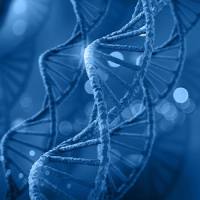Endoplasmic Reticulum-Associated Protein Quality Control and Degradation: Screen for ERAD Mutants After Ethylmethane Sulfonate Mutagenesis
互联网
互联网
相关产品推荐

抗核抗体(ANA-SCREEN)检测试剂盒(酶联免疫法)
¥6500

Coronavirus Nucleocapsid重组蛋白|Recombinant SARS-CoV-2 Nucleocapsid-AVI&His recombinant Protein,Biotinylated
¥4520

Recombinant-Danio-rerio-ER-lumen-protein-retaining-receptor-2kdelr2ER lumen protein retaining receptor 2 Alternative name(s): KDEL endoplasmic reticulum protein retention receptor 2; KDEL receptor 2
¥10668

2-((1E,3E)-5-((E)-1-(6-((2-(2,5-Dioxo-2,5-dihydro-1H-pyrrol-1-yl)ethyl)amino)-6-oxohexyl)-3,3-dimethyl-5-sulfoindolin-2-ylidene)penta-1,3-dien-1-yl)-1-ethyl-3,3-dimethyl-3H-indol-1-ium-5-sulfonate;1160761-43-2;97%;V60309-5mg
¥294

CRISPR Screen 高通量基因编辑筛选手段
询价
相关问答
推荐阅读
Endoplasmic Reticulum-Associated Protein Quality Control and Degradation: Genome-Wide Screen for ERAD Components
Reconstitution of Endoplasmic Reticulum-Associated Degradation Using Yeast Membranes and Cytosol
Reticulocyte Lysate as a Model System to Study Endoplasmic Reticulum Membrane Protein Degradation

